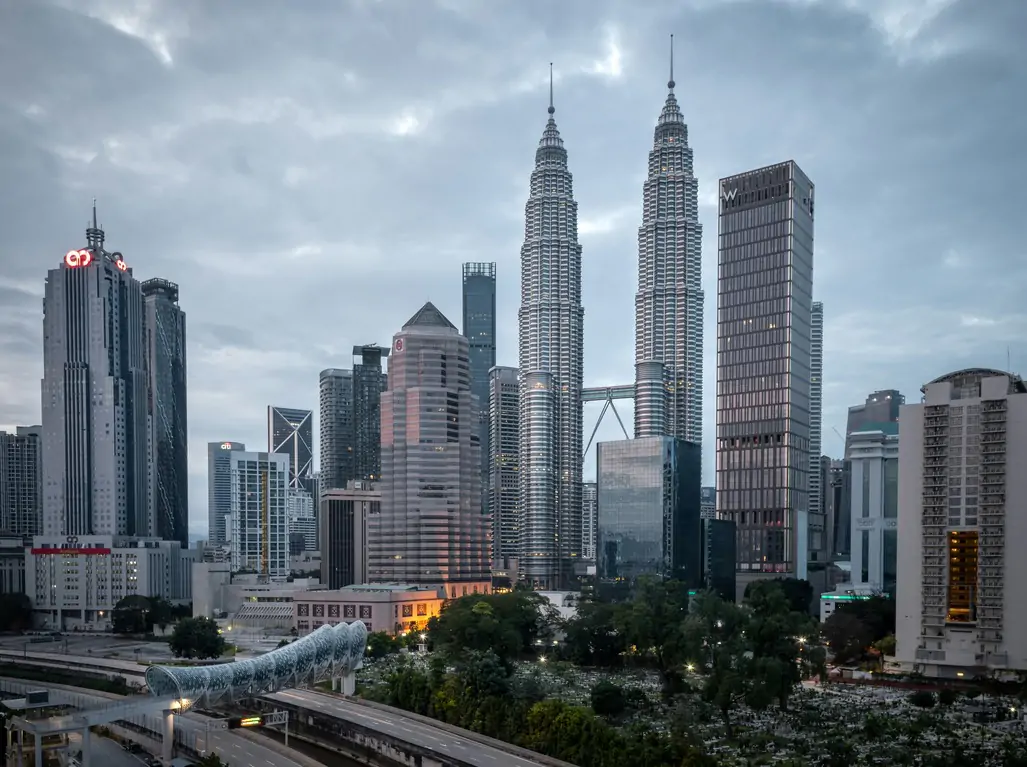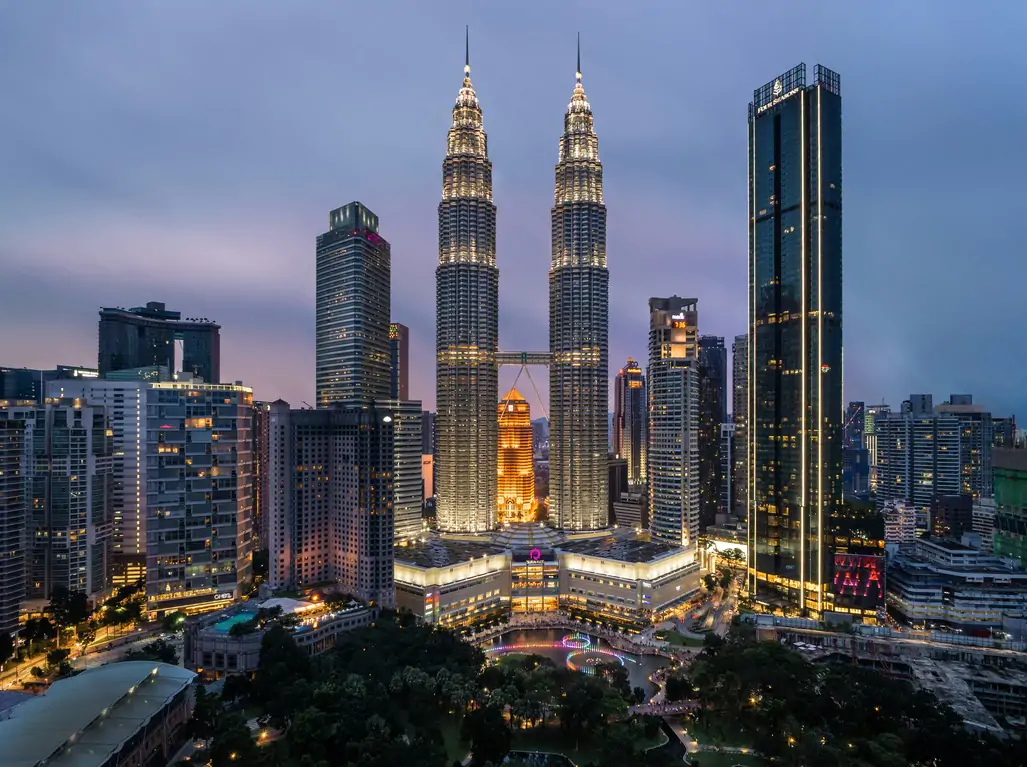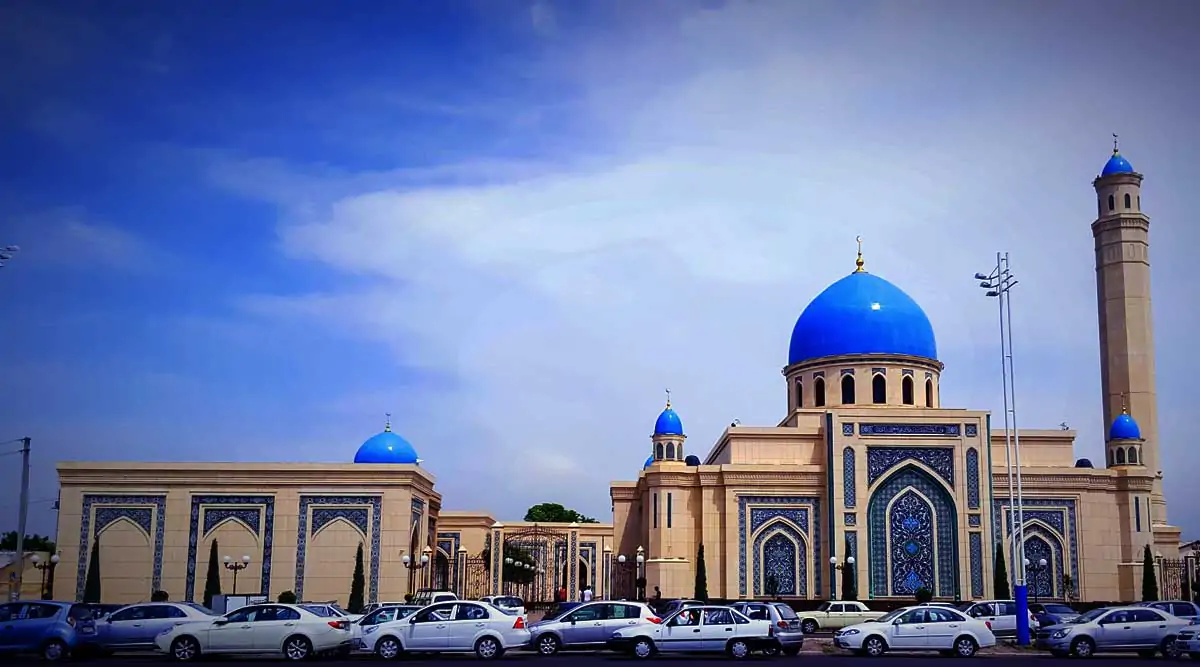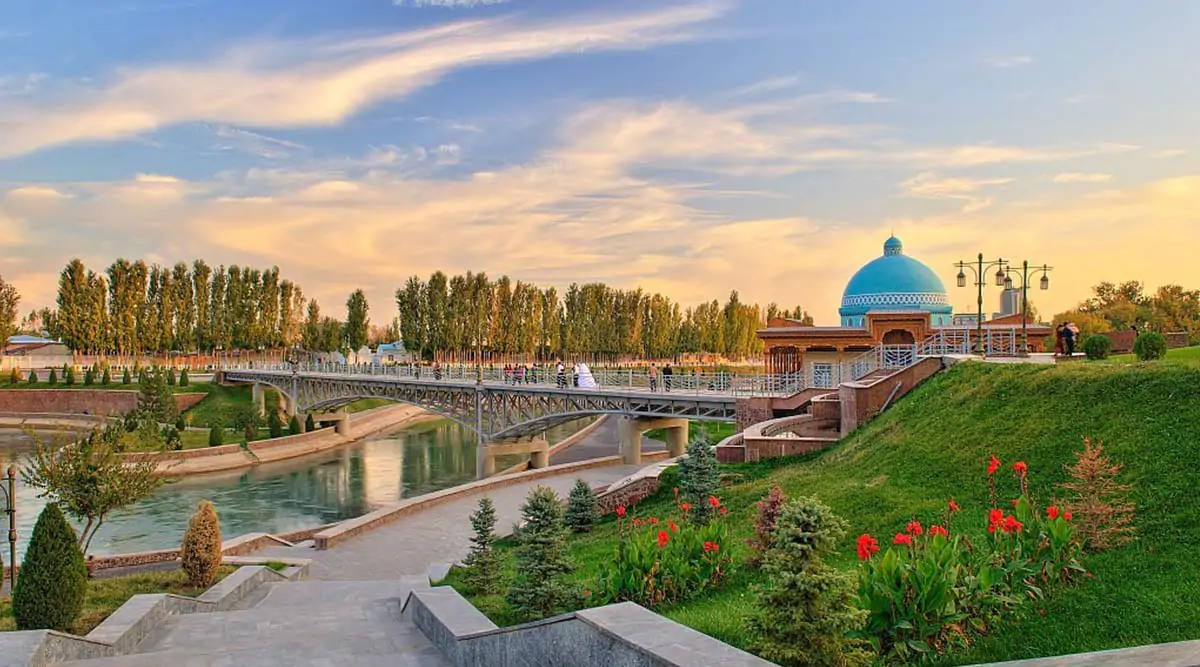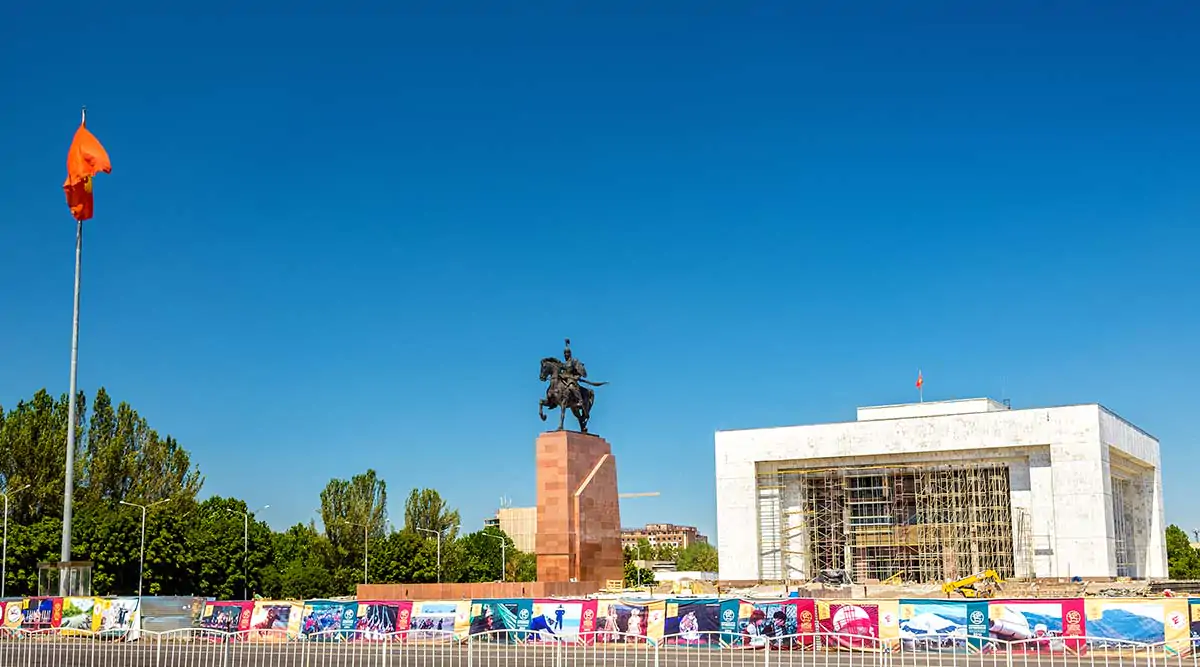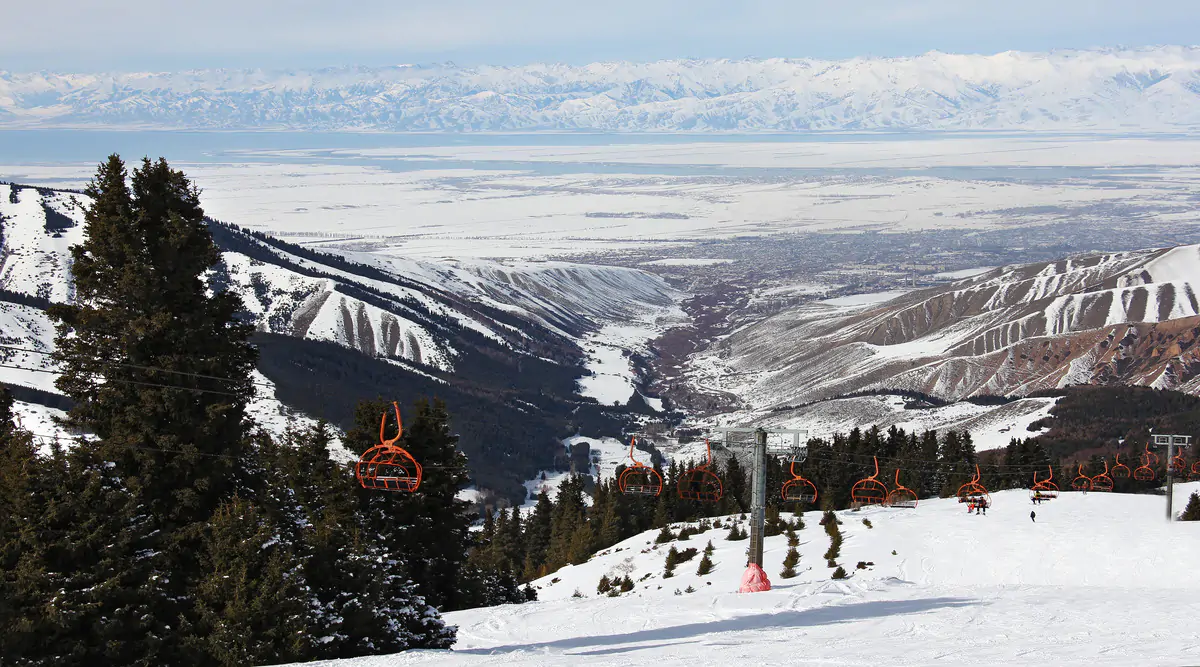Kuala lumpur Maza – Holiday Packages
Destination Details
- Flight
- Food
- Sight Scene
- Transport
Package Overview
Holiday a Malaysia a Unique Experience and kuala Lumpur is Great cities for Holiday ,Shoppping , Nightlife , Activites Etc we have offer the Kuala lumpur Mazza Package tour for 04 days with best inclusions..
Arrive Kuala Lumpur
On arrival in Kuala Lumpur, you will be met and transferred by our local representative to your hotel. In the evening, in the Evening you will have the time free to explore the local Surroundings. Overnight in Kuala Lumpur
Meals:Another Day At Kuala Lumpur – Half day city tour
This morning, enjoy an orientation tour of the city. See famous landmarks including the world famous Petronas Twin Towers, King’s Palace, National Monument, National Museum, National Mosque, Sultan Abdul Samad Building and the Cricket Club .Overnight in Kuala Lumpur.
Meals:Breakfast
Genting Highland Tour
Enjoy a comfortable 45-minute drive out of Kuala Lumpur and visit the “City of Entertainment"". Enjoy a 20-minute photo stop at Batu Caves en route, and click memorable photos with the grand statue of Lord Murugan. Later, hop into a cable car to complete your journey to Genting Highlands. Situated at 6,300 feet above sea level, delight in the mesmerising views of the majestic mountains and lush valleys
Meals:Breakfast
Kuala Lumpur / Final Departure
Today After the Breakfast you will be transferred to Kuala Lumpur International Airport from where you will take the flight and finish the trip with different & new Experience of Far East. You will be transferred by SIC to the Airport to take flight Back To the home with happy memories
Meals:Breakfast
- Current applicable taxes
- 03 Nights Accommodation in Kualalumpur
- 02 Way Return Airport Transfers on Sic basis
- Half Day City Tour of Kuala lumpur on Sic basis
- Genting Highland Tour
- Hotel Taxes
- Current Hotel Taxes
- Tips.
- Visa
- Tips to guide and driver
- Expenses of Personal Nature
- Anything not Mentioned in the package inclusions
Travel Guide

- MAIAYSIA
- KUALA LUMPUR
- 329,847 KM²
- 34°C, WIND
- 4:10 PM
- MALAYSIAN RINGGIT
- MALAY
- 29.72 MILLION
General Information About Malaysia
Malaysia is a Southeast Asian country occupying the Malaysian Peninsula and part of the island of Borneo. It's known for its beaches, rainforests and mix of Malay, Chinese, Indian and European influences. The sprawling capital, Kuala Lumpur, is home to colonial buildings, busy shopping districts such as Bukit Bintang and skyscrapers including the iconic, 451m-tall Petronas Twin Towers.
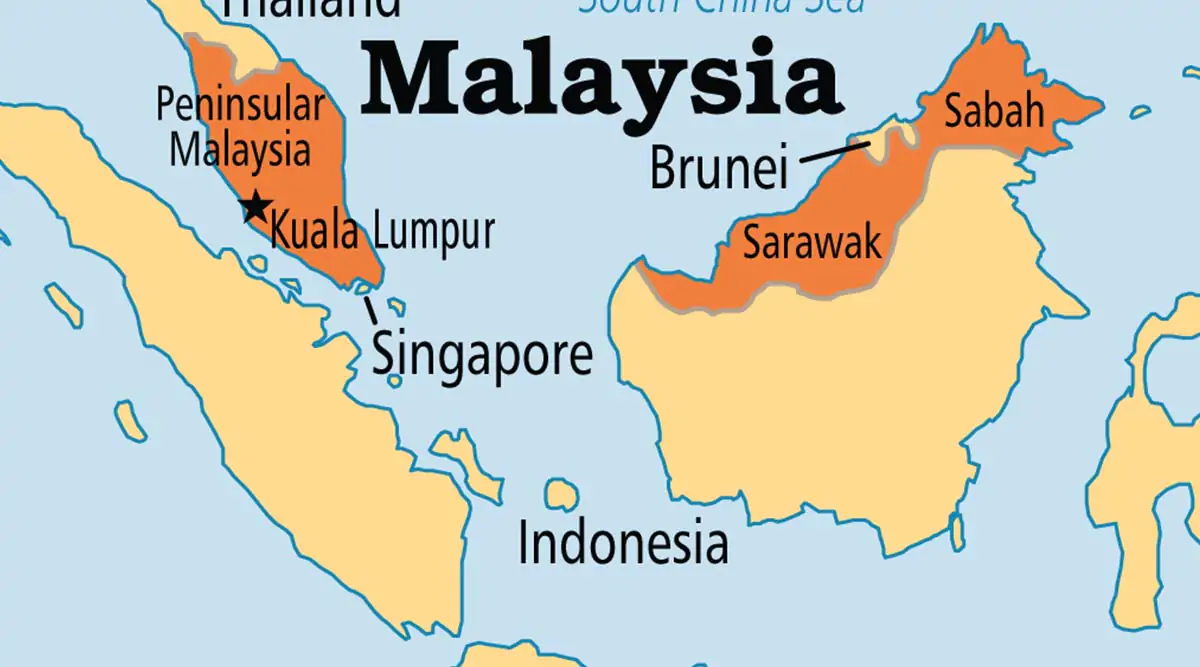
History Of Maiaysia
Malacca was founded in the 13th century by a Sumatran prince named Parameswara. Perfectly located for trade, it became the most influential port city in Southeast Asia within 50 years. The ancestors of the people that now inhabit the Malaysian peninsula first migrated to the area between 2500 and 1500 B.C. Those living in the coastal regions had early contact with the Chinese and Indians seafaring traders from India brought with them Hinduism, which was blended with the local animist beliefs. As Muslims conquered India, they spread the religion of Islam to Malaysia. In the 15th century, Islam acquired a firm hold on the region when the Hindu ruler of the powerful city-state of Malacca, Parameswara Dewa Shah, converted to Islam. British and Dutch interest in the region grew in the 1800s, with the British East India Company's establishment of a trading settlement on the island of Singapore. Trade soared, with Singapore's population growing from only 5,000 in 1820 to nearly 100,000 in just 50 years. In the 1880s, Britain formally established protectorates in Malaysia. At about the same time, rubber trees were introduced from Brazil.
. With the mass production of automobiles, rubber became a valuable export, and laborers were brought in from India to work the rubber plantations. Traders would arrive in their ships from kingdoms great and small to barter goods and spices. The early Arab traders brought Islam to Malacca. The local chiefs became the sultans heading up a highly organized administration structure whose main purpose was to facilitate trade. Incoming ships were met by multilingual harbour masters. Secured storehouses facilities were provided for traders to store their goods from the interior and abroad. By building alliances with local tribes and other port cities, Malacca established a regional navy that policed the local waters and escorted friendly vessels. Piracy was largely controlled by this navy. Success brought prosperity, wealth and power to Malacca. At the height of its power, Malacca controlled the entire west coast of the Malay Peninsula, the kingdom of Pahang, and much of Sumatra.
Colonial Malaya (1511 – 1957)
At the early 16th century, the eastern spice trade was centered in Egypt, and non-Muslim vessels were barred from docking at its port. The emerging European powers saw the need to open up their own trade route to India and the Far East. In 1511, a Portuguese fleet led by Alfonso de Albuquerque sailed into Malacca harbor and captured the city with canon fire. The Portuguese constructed a massive fort in Malacca called A Formosa. A century later in 1641, the Dutch captured the city from the Portuguese. This gave the Dutch an exclusive control over the spice trade. In 1795 the Dutch handed Malacca over to the British when France invaded Holland. The British East India Company had earlier convinced the Kedah Sultan to allow them to build a fort in Penang. The British then were mainly interested in a safe port for ships on their way to China. In 1819 Britain sent Sir William Raffles to establish a trading post in Singapore and together with Penang and Malacca these centres became known as the Straits Settlements. In the late 1860's, a number of Malay Sultans began a civil war resulting in the British intervention, forcing the Sultans to sign the Pangkor peace treaty in 1874. This gave Britain a foothold in the region, controlling the vast tin and rubber resources in the Malay Peninsula until WW2 when the Japanese invaded Malaya in 1942 and forced the British surrender. Britain resumed control of Malaya after WW2 ended in 1945.
Independence in 1957 - Present Day
The determination for self rule and independence from colonial rule gathered momentum after the war. Malaya's independence movement gathered and organized itself in an alliance under Tunku Abdul Rahman in the early 1950's. The British granted independence to Malaya in 1957 in Kuala Lumpur's Merdeka Square. Tunku Abdul Rahman became the first prime minister of Malaya. In 1961, "Malaysia" was born after Tunku Abdul Rahman convinced Singapore, Sabah, and Sarawak to join Malaya in a federal union. (Singapore ceded from the federation peacefully in 1965). Malaysia was a mix of people from many races and cultures, and uniting them all was no small effort. Because the Malays represented the majority, the constitution gave them a permanent position as head of the government. Islam was made the national religion and Malay the national language. Since independence, Malaysia has undergone tremendous growth and prosperity. Today, Malaysia has one of the best airports, highways and telecommunication systems in Asia. Literacy rate is above 90% and poverty level is negligible. It has a secular and democratic government. With a highly educated workforce and modern infrastructure, Malaysia attracts a large amount of foreign investments in the manufacturing and technology sections.
Kuala Lumpur
Kuala Lumpur is considered as a melting pot of different cultures having some cheap five-star hotels that are cheap, good for shoppers and good cuisine too. A few of the natural wonders are just an hour’s drive away and so this lively place has so many things for visitors to enjoy. The must see places here are found past the Petronas Twin Towers which the visitors can wander and enjoy the lights and shop and dine in style too. It also has a wonderful array of delights for architects.
Malacca
Malacca is Malaysia’s historical city having colonial style of its architecture. It is a unique experience to visit this city having a very rich and diverse culture and history from the days of the Dutch, the Portuguese and the British reign. The center of this city is listed as a World Heritage Site by the UNESCO. The ancient portion of Malacca has an ancient palace along with big buildings that were long ago left by the Europeans. Also there are some private homes and shops that are nearly a century old and are operated by the Chinese tradesmen. Some of these shops have porcelain tiles that are moulded and plaster reliefs which are painted on the front side of them.
Goregetown
Goregetown is listed as a world heritage site by the UNESCO and it also has an abundance of sacred places for worship for people belonging to diverse faiths and religions. There are some historical buildings here including the Fort Cornwallis, Leong San Tong Khoo Kongsi, Penang Islamic Museum, Cheong Fatt Tze Mansion, Municipal Council of Pulau Pinang Hall, Pinang Peranakan Mansion and Queen Victoria Clock Tower.
Johor
Johor is Peninsular Malaysia’s southernmost state and is linked to Singapore by a causeway and a bridge. The state capital Johor Bahru, is home to world-renowned golf course and shopping establishments. It is more popularly known is famous for its historical buildings and impressive architecture.
Sarawak
Visitors will discover for themselves an abundance of botanical treasures in the park. Numerous species of birds and animals like the long-nosed Proboscis monkeys, long tail macaques, wild boars, Sambar deers and monitor lizards live in this coastal forest.
Sabah
Sabah is a tropical paradise with a wealth of natural attractions to satisfy eco-tourists and adventure seekers. The place abounds with natural wonders, scenic beauty, rugged landscapes and cultural diversity. This region provides with a unique mix of ancient traditions passed down through the millennia and modern evolution. It creates a true place with fascinating culture, nature and adventure tourism destination in the present time. Moreover, Sabah has become a destination known for its long hinterlands of rainforests, tropical islands, long roads and rivers.

People Of Malaysia
Malaysia is a nation of diversity in unity where Malays, Chinese, Indians and the indigenous people of Sabah and Sarawak live in cultural harmony. Once you have overcome your jet-lag fatigue, step into the heart of Malaysia-the citizens of the country. You would be pleasantly surprised at the warmth of Malaysians. For deeply entrenched within each of the different race is the engaging charm and traditional hospitality which the country is renowned for. Malaysians enjoy meeting people from other lands. So, do go right ahead and strike up a conversation. After all, the whole point of traveling is to know other cultures.
When to go
Climate considerations will play an important role in your plans. If you want to visit any of the east-coast resort areas, the low season is between November and March, when the monsoon tides make the water too choppy for watersports and beach activities. During this time, many island resorts may close. On the west coast, the rainy season is from April through May, and again from October through November.
The temperature is basically static year - round. Daily averages range from 73°F to 90°F (22°C-32°C). Temperatures in the hill resorts get a little cooler, averaging 67°F (21°C) during the day, 50°F (10°C) at night. In terms of rainfall, the wettest months are March and April, as well as October through December, with monthly average rainfall in the range of 10 inches. The driest months are June and July, with only about 5 inches rainfall each
An additional consideration is haze caused by unfortunate slash-and-burn agricultural practices on the Indonesian island of Sumatra, with winds carrying smoke across the Straits of Malacca to the peninsula. By and large, haze will affect only blue skies and visibility, but it has reached dangerous levels, such as in 2005, when they soared to "state of emergency" levels with regard to human health. The burning period is roughly from August through October, but it's impossible to predict when and if haze will affect your holiday.

Currency Of Malaysia
The national Malaysian currency is the Ringgit (RM). Ringgit (RM) = 100 sen. Notes are printed in denominations of RM1,000, 500, 100, 50, 10, 5, 2 and 1. The RM1,000 and RM500 notes are being phased out. Coins are in denominations of RM1, and 50, 20, 10, 5 and 1 sen. There are also a number of commemorative coins in different denominations, which are legal tender. The Ringgit is also referred to as the Malaysian Dollar. Be sure to always have enough money on you. It's not uncommon for ATM's to be out of order just when you need them. It's best not to wait until your wallet is empty. We suggest carrying approximately 200 Pounds or US Dollars with you in cash, in small denominations. All hotels and banks offer currency exchange services. The best available exchange rate can be found at smaller currency exchange desks in shopping malls. You'll save quite a bit on exchange fees here.
Debit Cards
On your arrival at the airport in Malaysia, you'll be able to withdraw cash from an ATM using your debit card. There are ATM's in nearly all areas in Malaysia, except in Taman Negara and on several small islands on the East Coast. ATM's are operational 7 days a week, 24 hours a day. Well known banks that allow you to withdraw cash using a debit card are Maybank and HSBC.
Credit Cards
It is safe to use a credit card in larger hotels and for instance at diving schools on the small islands. We do however advice normal caution when using your credit card, don't let the card leave your sight, we have heard of instances of credit card fraud.
Traveller Cheques
Traveller Cheques can be cashed at most banks and currency exchanges in smaller cities. The benefit of using Traveller Cheques is that they are insured and in the event of loss or theft, you'll usually have new ones in your possession within 24 hours.

Nightlife Of Malaysia
Nightlife in Malaysia accounts for another factor making this destination a favored place for the tourists. Owing to the innumerable night clubs, pubs, bars, casinos and discotheques, Nightlife in Malaysia forms a fascinating attraction to the visitors.
The Aloha Club and Absolute Chemistry are two of the most remarkable places where tourists can drop in to relish drinks with some funky music. Bar Savanh, Morocco Music Room, Cochine, Ivy Bar, Mojo, The Wine Room, Bar Blonde, and Vanilla Box are some of the spots where you can get a taste of the Malaysian Nightlife. Dinner with live musical performances can be enjoyed at Backyard Pub and Grill, and The Attic. Bar Amber is a dance bar where tourists can savor drinks accompanied with electrifying music. Jazz music lovers can head towards Barcode in Petaling Jaya which is a fun pub. The Blue Planet and the beach Club are the places where one can enjoy retro style music. Club de Vegas, CoCo Club, The Cotton Club, Cinna, The Disco, Espanda Club, Frangipani Bar, Liquid Bar, M Bar, Nihonkan Club, The Orange, Q Bar, Rum Jungle, Shamrock Irish Bar, Sugar Club, Thai Club and Waikiki Bar are the interesting options whereby tourists can get to experience and enjoy Malaysia Nightlife. The Hemingway’s Bistro is the right place for those who wish to enjoy a slice of the Cuban drinks and music in Malaysia. Tapas, chicken wings, lamb meatballs and squid wings are the specialties on the menu. Nightlife in Malaysia in this place can lend an altogether unique experience to your trip. A glass of vintage wine and Havana cigar are made available at the Embassy. The bartenders are always effective in their service. The crowd at this bar features local as well as foreign visitors. The beachside bar Nazari’s is the spot where one can hog into delectable barbequed items and mugs of chilled beer. The Utan Fun Pub, Modesto’s, Discovery Café, Hard Rock Café, Galaxy Disco, Trader’s Lounge, Woodpeckers Lounge, Songket Lounge and Sunset Karaoke and Disco are few of the popular names where you can enjoy sparkling Nightlife in Malaysia.
Language Of Malaysia
The National Language, Bahasa Malaysia is established as such under Article 152 of the Constitution, which also safeguards other languages by stipulating that no person may be prohibited or prevented from using (except for official purposes) or from teaching or learning any other language. As the national language, Bahasa Malaysia has to be used for official purposes which includes its use by federal and state governments, and as defined by the constitutional amendment of 1971 by all authorities (including local authorities) and statutory bodies. By the same constitutional amendment the status of Bahasa Malaysia may not be questioned, and any amendment to Article 152 can only be made with the consent of the Conference of Rulers.
The Malay language is an Austronesian language spoken not only by Malaysians but all Malay people who reside in the Malay Peninsula, southern Thailand, the Philippines, Singapore, central eastern Sumatra, the Riau islands, parts of the coast of Borneo, Cocos and Christmas Islands in Australia. It is also very similar to Indonesian, known locally as Bahasa Indonesia.In Malaysia, the language is officially known as Bahasa Malaysia, which translates as the "Malaysian language". The term, which was introduced by the National Language Act 1967, was predominant until the 1990s, when most academics and government officials reverted to "Bahasa Melayu," which is used in the Malay version of the Federal Constitution.

Rainforest Resort Penang
Malaysia
Kuala Lumpur, Malaysia
A beautiful tropical island set amidst virgin jungle, Pulau Jerejak is every nature lover dream come true! Coupled with her rich historical background, a holiday here promises to be refreshingly different.Relics and artifacts share a home with the rich flora and fauna of this island. Get ready for an adventure as you step into one of the few remaining rainforests of Malaysia.Pulau Jerejak gained its alias as The Alcatraz of Malaysia, because of the Jerejak Prison. Located towards the south eastern tip of Penang Main Island, this 362ha island is rich with history, flora and fauna.This island, though not as famous compared to other islands in Malaysia, has had its fair share of auspicious historical events. Francis Light, founder of Penang was said to have arrived in Pulau Jerejak in early 1786 before heading on to Penang.

Ancasa Resort Allsuites Port Dickson
Malaysia
Penang, Malaysia
A beautiful tropical island set amidst virgin jungle, Pulau Jerejak is every nature lover dream come true! Coupled with her rich historical background, a holiday here promises to be refreshingly different.Relics and artifacts share a home with the rich flora and fauna of this island. Get ready for an adventure as you step into one of the few remaining rainforests of Malaysia.Pulau Jerejak gained its alias as The Alcatraz of Malaysia, because of the Jerejak Prison. Located towards the south eastern tip of Penang Main Island, this 362ha island is rich with history, flora and fauna.This island, though not as famous compared to other islands in Malaysia, has had its fair share of auspicious historical events. Francis Light, founder of Penang was said to have arrived in Pulau Jerejak in early 1786 before heading on to Penang.










